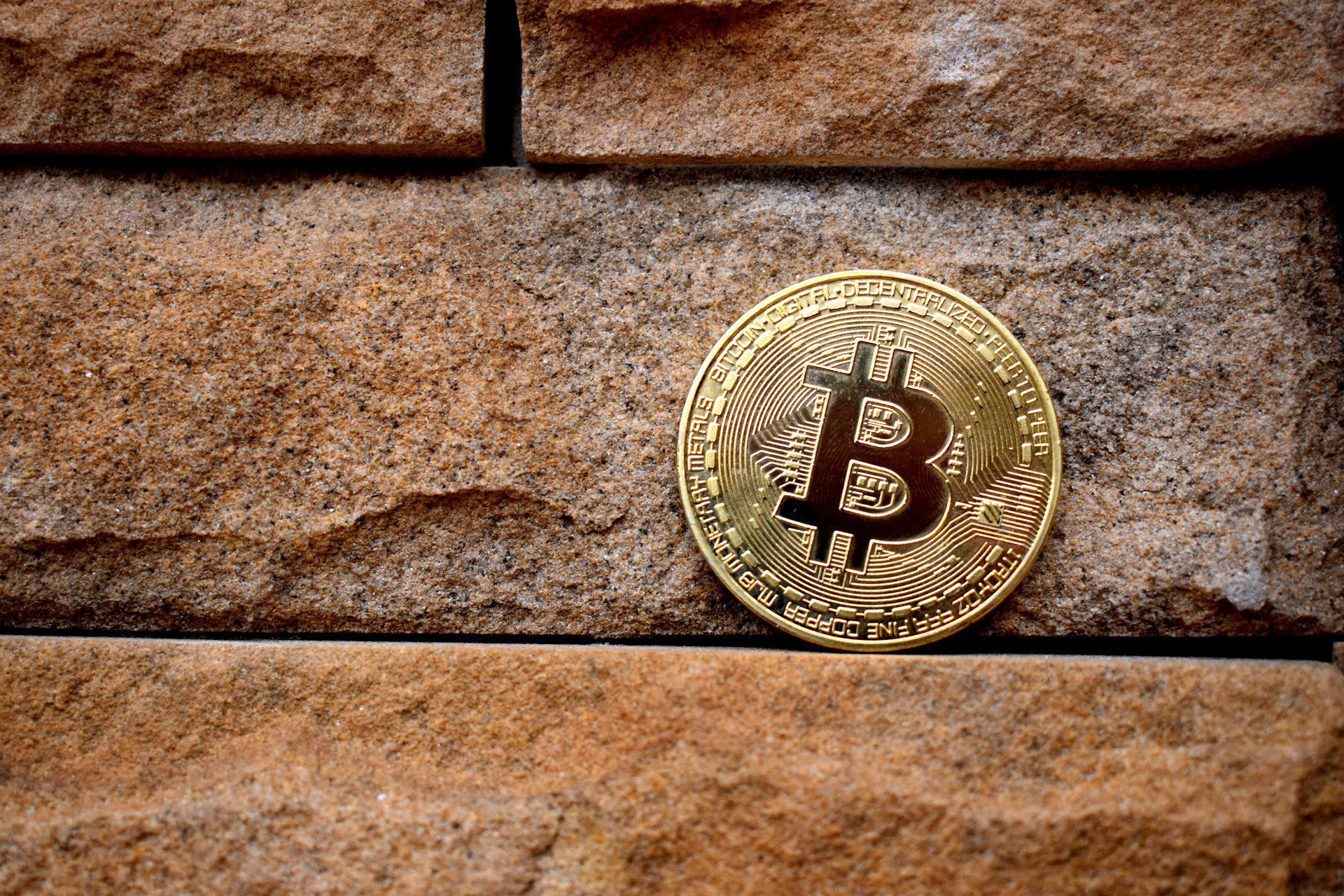In the rapidly evolving landscape of blockchain technology, Berachain emerges as a pioneering force, redefining the way decentralized finance (DeFi) operates. Based in the Cayman Islands, Berachain is a Layer 1 blockchain that utilizes a unique Proof-of-Liquidity (PoL) consensus mechanism, enabling users to provide liquidity and earn rewards while ensuring robust security and efficiency.
The Genesis of Berachain

Originally conceived as a playful NFT project, Berachain quickly identified significant gaps in the DeFi ecosystem—particularly in aligning liquidity with security at the protocol level. This realization led to the transformation of the project into a full-fledged blockchain solution, backed by substantial venture capital from some of the most reputable firms in the industry. With a mission to streamline DeFi applications and enhance user experience, Berachain officially launched its blockchain, marking a new chapter in its evolution.
Key Features and Innovations
- Proof-of-Liquidity Consensus:
Berachain’s PoL mechanism aligns network security with liquidity provision. Validators reward liquidity providers with non-purchasable staking tokens, creating a symbiotic relationship that enhances both security and user incentives. - EVM Compatibility:
As an Ethereum Virtual Machine (EVM)-compatible blockchain, Berachain allows developers to easily port existing Ethereum applications and utilize familiar tools and programming languages. This accessibility encourages broader adoption and innovation within the ecosystem. - Integrated DeFi Solutions:
Berachain incorporates essential DeFi functionalities directly into its infrastructure. Users can engage with automated market makers (AMMs), perpetual contracts, and lending pools seamlessly, simplifying the user experience while promoting liquidity. - Community-Driven Development:
The platform fosters a grassroots community of developers and advocates who actively contribute to its growth. Initiatives like the Request for Broposal (RFB) program invite builders to enhance their projects on Berachain’s testnet, paving the way for a vibrant ecosystem of decentralized applications (dApps). - BGT Rewards System:
Users can earn BGT tokens by providing liquidity or participating in governance activities. This incentivization model not only rewards active participants but also encourages long-term engagement with the platform.
What makes Berachain’s Proof-of-Liquidity consensus unique?
Berachain’s Proof-of-Liquidity (PoL) consensus mechanism represents a significant innovation in the blockchain space, addressing key limitations of traditional consensus models like Proof-of-Work (PoW) and Proof-of-Stake (PoS). Here are the unique features that set PoL apart:
1. Integration of Liquidity Provision into Consensus
Unlike traditional PoS systems that require users to lock up tokens for network security, PoL incentivizes users to provide liquidity directly. This integration ensures that liquidity is not only available for trading but also contributes to the overall security of the network. By rewarding liquidity providers with governance tokens ($BGT), Berachain aligns the interests of liquidity providers with those of the network, fostering a more dynamic and responsive ecosystem .
2. Enhanced Security and Stability
The PoL mechanism enhances network security by tying it to liquidity contributions. When users supply liquidity, they help stabilize the network against price volatility and fragmentation, which are common issues in DeFi ecosystems. This approach mitigates risks associated with idle staked tokens in PoS systems, where capital is locked away and cannot be utilized for other purposes.
3. Long-Term Incentives for Participation
PoL creates sustainable incentives for users to remain engaged with the network over the long term. Instead of offering temporary rewards that may lead to short-term behavior, PoL rewards liquidity providers with $BGT tokens that grant them governance rights. This structure encourages participants to contribute meaningfully to the ecosystem’s growth and stability, as their rewards are tied to their ongoing involvement .
4. Decentralization of Stake
One of the significant challenges in PoS systems is stake centralization, where a small number of holders control a large portion of the staked tokens. PoL addresses this by promoting a more equitable distribution of liquidity across the network. By integrating liquidity provision into the consensus process, Berachain ensures that a broader range of participants can engage in securing the network without requiring substantial capital .
5. EVM Compatibility and Developer Accessibility
Berachain’s architecture is built on EVM compatibility, allowing developers to easily port existing Ethereum applications onto its platform. This feature not only enhances accessibility for developers but also encourages innovation within the ecosystem as they can leverage familiar tools and frameworks while benefiting from PoL’s unique advantages.
Looking Ahead
As Berachain continues to develop and refine its offerings, it stands poised to make significant contributions to the decentralized finance sector. By addressing critical challenges in liquidity alignment and security while fostering an inclusive community, Berachain is not just building a blockchain; it is shaping the future of finance.In conclusion, Berachain represents an exciting convergence of technology, community engagement, and innovative financial solutions. As it evolves, it promises to empower users and developers alike, driving forward the next generation of decentralized finance.





